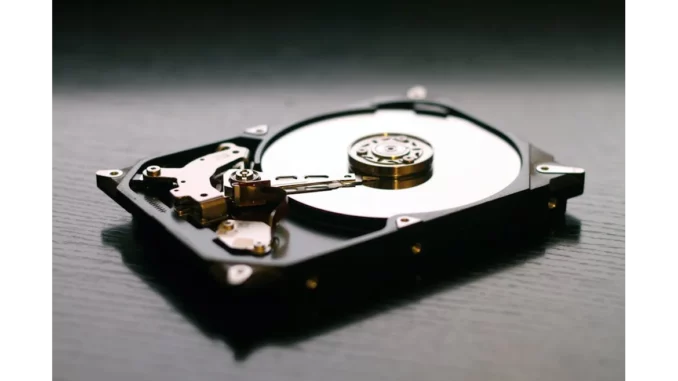
In the world of network storage, ensuring optimal performance of your NAS (Network-Attached Storage) drive is crucial. To delve into this topic, I had the pleasure of speaking with Ethan Matthews, an IT specialist with over a decade of experience in managing network storage solutions. Ethan shared his insights on the often-overlooked process of defragmenting NAS drives to enhance their efficiency and speed.
When I connected with Ethan, his enthusiasm for the subject was contagious. “Many people underestimate the impact of data fragmentation on their NAS drives,” he began. “Just like any other storage device, NAS drives can suffer from fragmentation over time, which can significantly slow down access speeds and overall performance.”
Ethan explained the concept of defragmentation with a simple analogy. “Think of your NAS as a well-organised library. Over time, as books (or data) are borrowed and returned, they might end up scattered all over the place. Defragging is akin to reorganising those books on the shelves, making it easier and quicker to find what you’re looking for.”
Understanding the Need for Defragging a NAS Drive
“Fragmentation occurs naturally with regular use,” Ethan noted. “When you’re constantly adding, removing, and modifying files, the data gets spread out in bits and pieces across the drive. This scattering can lead to slower read and write speeds, which is particularly noticeable when dealing with large files or running applications directly from the NAS.”
Ethan highlighted some tell-tale signs that your NAS might need defragmenting. “If accessing files feels like wading through treacle or if your media streams start to buffer more often, it’s a good sign your NAS is fragmented. Similarly, if backups are taking longer than usual, it might be time to consider defragging.”
Can You Defrag a NAS Drive?
“Absolutely,” Ethan assured me. “However, it’s not always as straightforward as defragging a regular hard drive. NAS devices often use specific file systems like EXT4 or Btrfs, and not all of them handle fragmentation in the same way. Some newer NAS models are less prone to fragmentation, thanks to advanced file systems and RAID configurations, but older models can definitely benefit from defragging.”
Ethan pointed out that while some NAS devices come with built-in defragging tools, others may require third-party software. “It’s crucial to understand the capabilities and limitations of your particular NAS model. Some built-in tools are quite efficient, but for others, you might need to look into third-party solutions like JDiskReport or Auslogics Disk Defrag.”
Step-by-Step Guide to Defragging a NAS Drive
Ethan was keen to walk me through the defragmentation process, emphasising the importance of preparation. “Before you start, always back up your data. This cannot be stressed enough. You never know what could go wrong during a defrag operation, and having a backup ensures your data is safe.”
He continued with his step-by-step guide:
- Preparing for Defragmentation
-
“Check that you have enough free space on your NAS to accommodate the defrag process. Space is crucial because the defrag tool needs room to move data around.”
-
Running the Defrag Software
- “Open your chosen defragmentation tool. If your NAS has a built-in option, use that. If not, you might need to install third-party software.”
-
“Select the drive you want to defrag and start the process. Be prepared to let it run for a while, depending on the size of your NAS and the extent of the fragmentation.”
-
Monitoring the Process
- “Keep an eye on the progress. It can take several hours, so patience is key.”
Alternatives to Defragging
Ethan cautioned that defragging isn’t always the magic bullet for NAS performance issues. “Sometimes, hardware upgrades are necessary. For instance, switching from HDDs to SSDs in your NAS can drastically improve speed.”
He also recommended regular maintenance practices: “Keep your files organised and periodically clean out unnecessary data. Regular backups are essential, not just for safety, but also for keeping your NAS running smoothly.”
Conclusion
Defragging your NAS drive is a valuable maintenance task that can improve its performance, especially in older models or those experiencing heavy use. As Ethan aptly put it, “Defragmentation is just one tool in your toolbox. When combined with regular maintenance and occasional hardware upgrades, it can ensure that your NAS remains a reliable and efficient storage solution.”
Lilianna Stolarz

